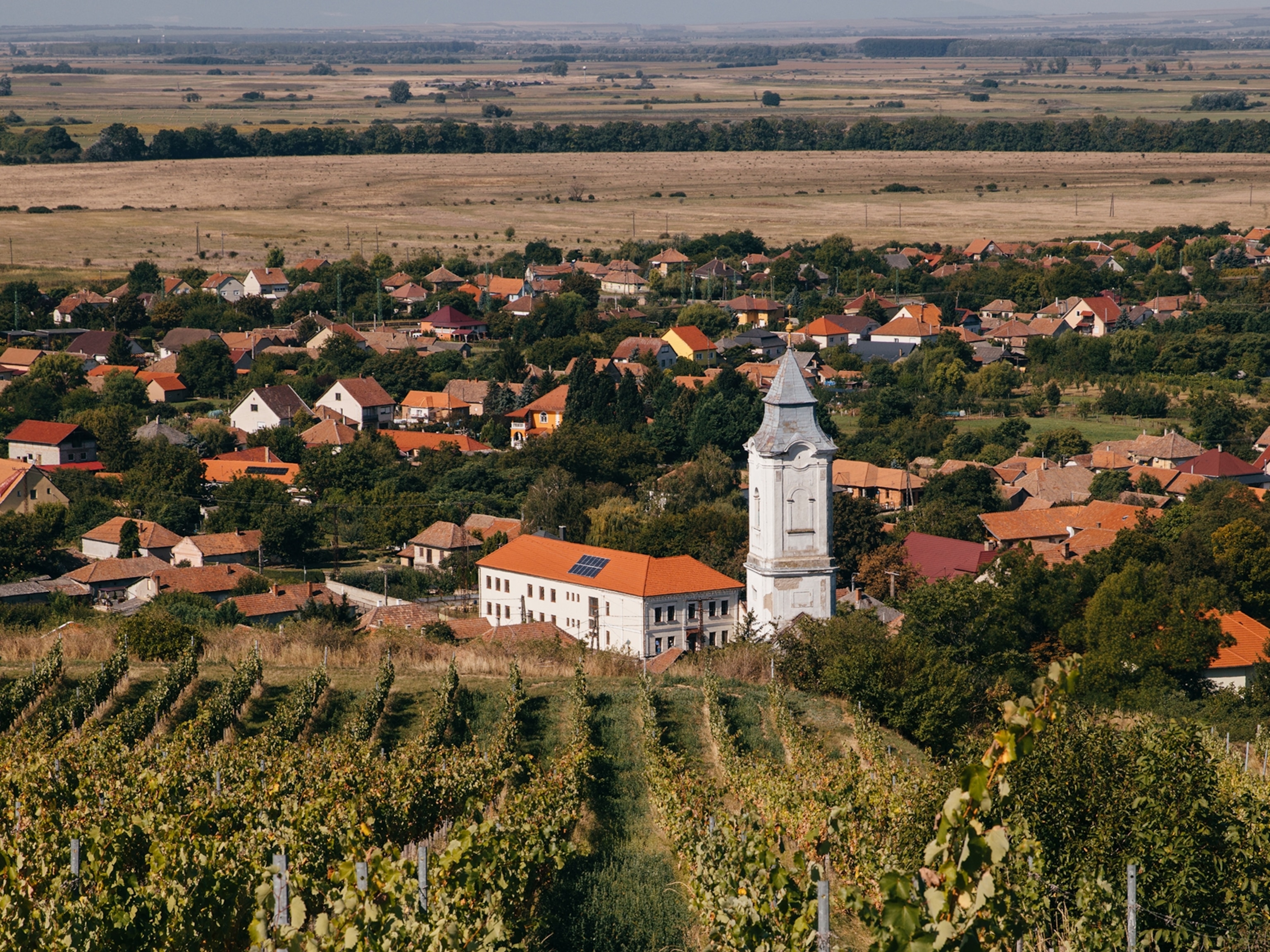Discover the Castle and Cathedrals of Poland's Royal City
Krakow’s historic center has survived a succession of wars and occupying powers with its architectural beauty intact.
Krakow’s historic center has survived a succession of wars and occupying powers with its architectural beauty intact. Today the old city’s cobblestone streets, majestic cathedrals, and imposing castle on a hill bear testament to its richness in history, culture, and legends.
Once the capital of Poland, Krakow was home to the country’s first ruler, who occupied the castle on Wawel Hill overlooking Krakow’s market square and the Vistula river. Legend has it that in its early days, the city was plagued by a dragon who devoured livestock and maidens, until the beast was defeated by—according to different versions of the story—either the king’s sons, the king himself, or a clever shoemaker’s apprentice. Visitors can explore the cave allegedly inhabited by the monster, as well as a statue of the dragon erected in 1972, which periodically belches real fire.
A visit to Wawel Castle and its adjacent cathedral is an essential part of any tour of Krakow, where visitors can see the traditional burial place of Poland’s monarchs, whose ornate sarcophagi are still on display. Those with an interest in the paranormal can stop by a spot in the castle’s courtyard believed to hold a “chakra stone,” one of the world’s centers of spiritual energy.
From the castle, it’s an easy walk to the city’s main market square and to the adjacent St. Mary’s Basilica, which has its own rich history. The altar, considered a masterpiece of the late Gothic period by German sculptor Veit Stoss, was seized during the Nazi occupation of Poland during World War II, but recovered and restored after the war.
Krakow’s medieval market square—one of the largest in Europe—is now surrounded by trendy restaurants and pubs and occupied by a giant bronze statue of a human head, Eros Bendato or “Eros tethered”, by famed Polish sculptor Igor Mitoraj.
Underneath the square, visitors can explore an interactive exhibition of archeological findings depicting Krakow’s history in the Rynek Underground.
A short walk or tram ride away from the old city sits Krakow’s historic Jewish quarter, Kazimierz, once a separate town. Historic synagogues and cemeteries remain as a memorial to the Jewish population decimated during the Nazi occupation and Holocaust. In a testament to human resilience, Kazimierz’s annual Jewish cultural festival now attracts thousands of visitors.
- National Geographic Expeditions
How to Get There: Krakow is easily accessed by plane, train, bus, or car. Krakow Airport is connected to the city center by train and bus services.
When to Visit: Krakow can be enjoyed year-round, but be prepared for cold and wet weather in the winter months. In the summer, visitors flock to the town square and to outdoor cafés and restaurants. During the winter months, the city hosts lively Christmas markets.
How to Visit: Stay in one of the many accommodations in and around the city center. From there, many of the city’s main attractions can be easily reached by foot. If weather permits, you can also rent a bicycle to peddle along the path by the Vistula River. If you have time to venture farther afield, there are two more UNESCO World Heritage sites in the surrounding area: the Wieliczka and Bochnia Royal Salt Mines and Auschwitz Birkenau concentration camp memorial site.





